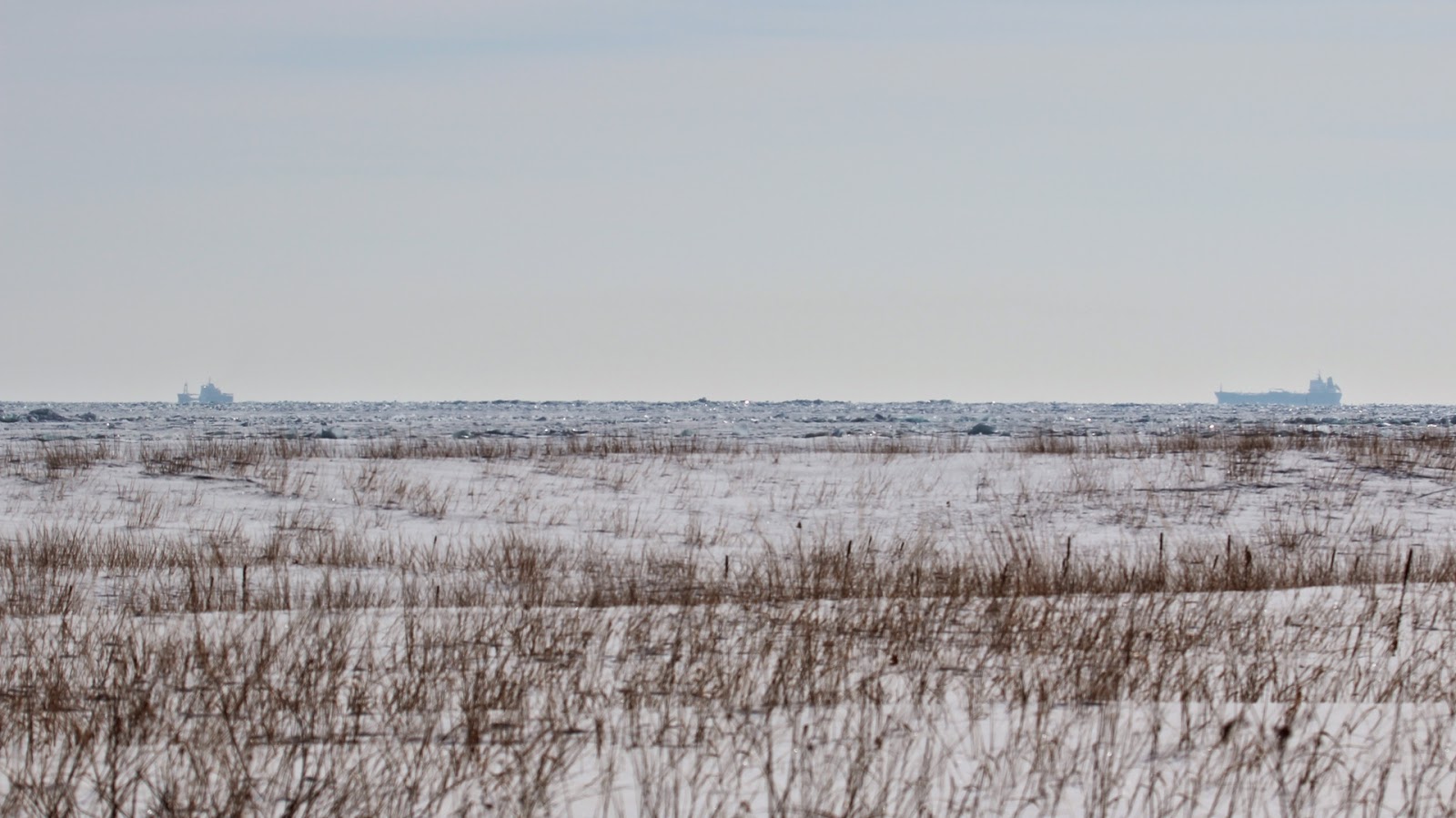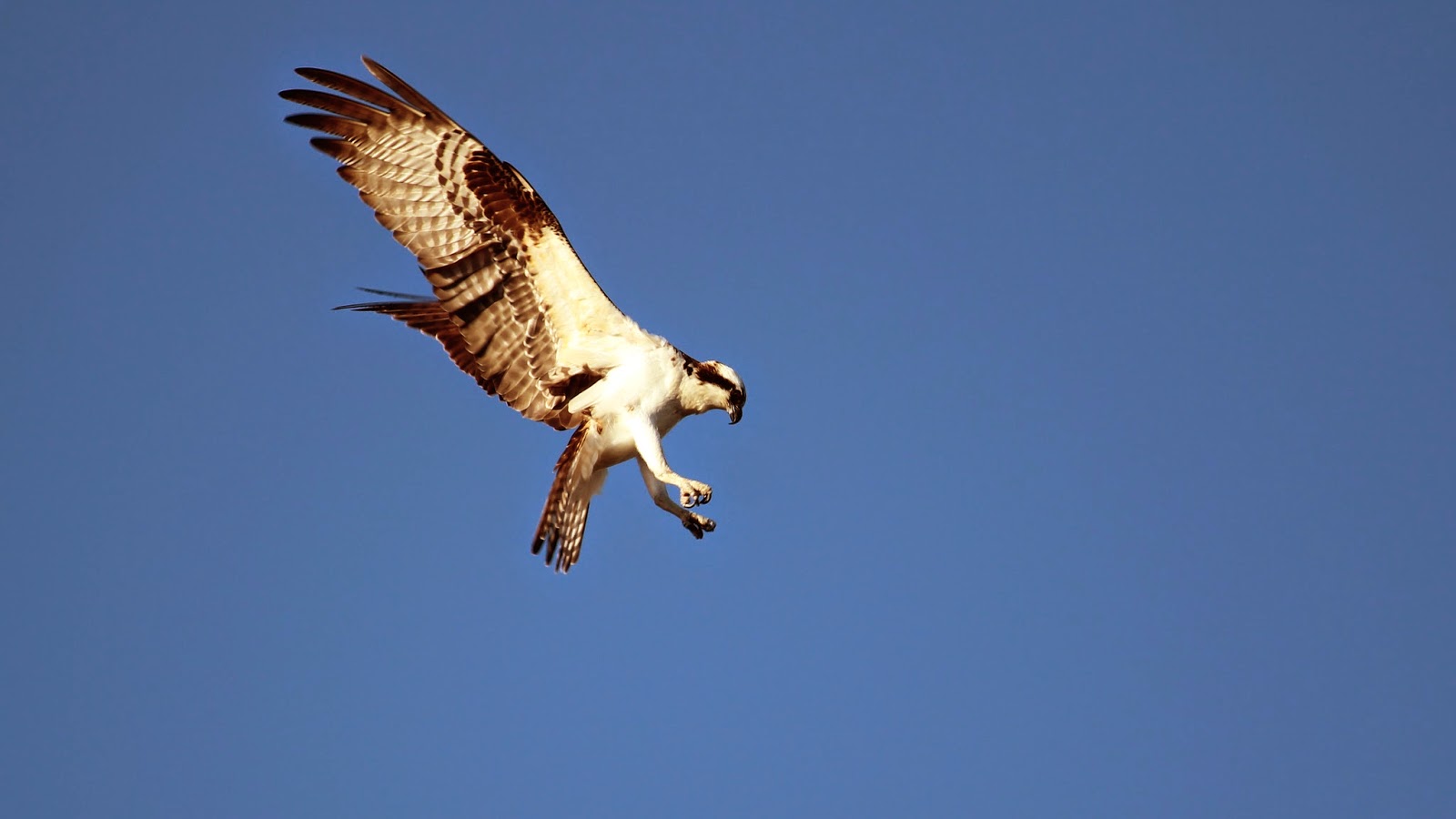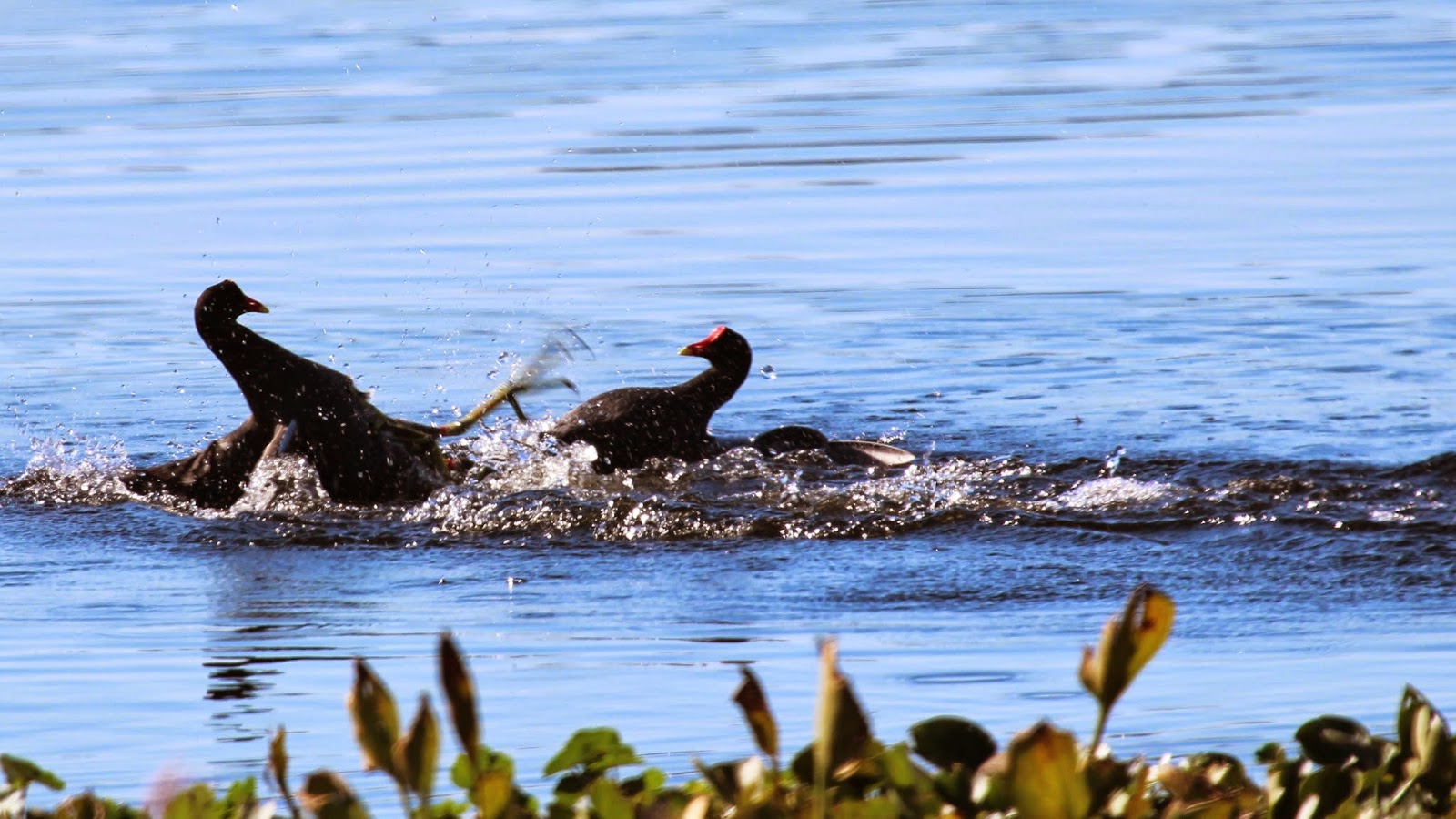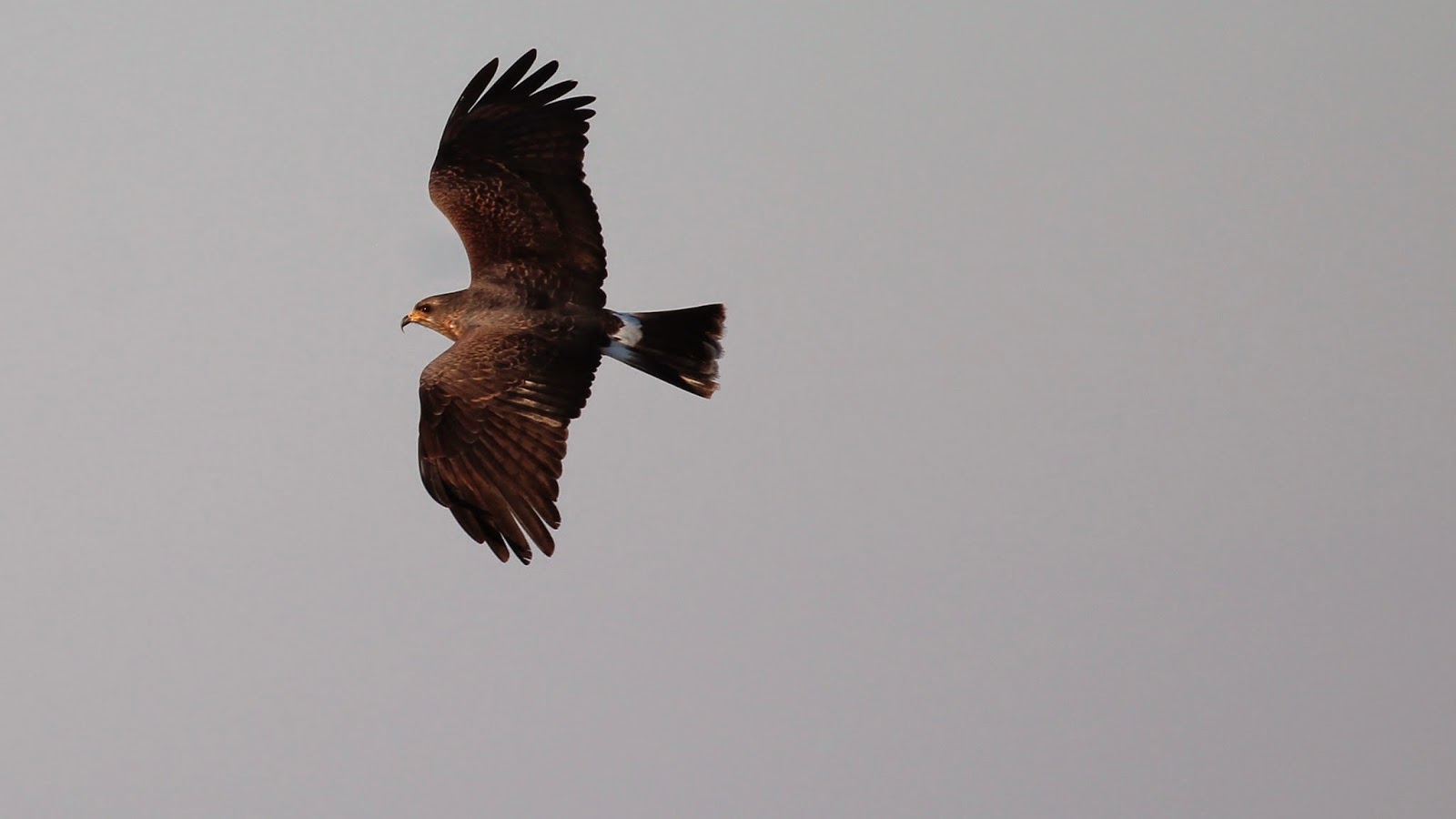Ice Breaking

We rarely see the big ships that travel the great lakes from our place. They usually stay much further out as there are shallows near here and the main shipping lane is towards the middle of the lake. Today we saw what appears to be an icebreaker making a path for one of the sea going vessels that come into the great lake system.












